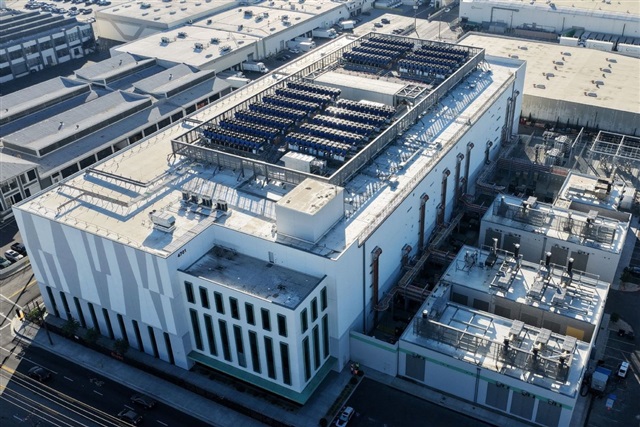Shihlin Electric is experiencing robust growth driven by expanding AI computing power needs and accelerated investment in power infrastructure. At HCT Logistics' smart electric vehicle (EV) launch event on December 18, 2025, Shihlin Electric showcased its commercial electric logistics fleet developed with CMC, alongside an integrated solar, charging, and energy storage power system.
Taiwan's Academia Sinica is pushing forward its public infrastructure project launched in 2025, focused on a megawatt-scale mixed hydrogen power generation system using decarbonized natural gas. The initiative aims to produce clean energy while addressing Taiwan's pressing green energy shortfall through innovative hydrogen technology.
Low-priced imported cement continues to undermine Taiwan's domestic low-carbon cement development, prompting TCC Group Holdings chairman Nelson An-ping Chang to propose two key recommendations ahead of the upcoming 2026 trial launch of Taiwan's carbon border adjustment mechanism (CBAM). He called for strict enforcement of a single material source rule in public projects and mandatory third-party international certification for imported cement, warning that without these measures, inspection mechanisms risk becoming ineffective.
Researchers from Academia Sinica, National Central University (NCU), and Yuan Ze University announced significant advancements in hydrogen electrolysis technology at a December 17 press conference held at Taiwan's National Science and Technology Council (NSTC). The team detailed the development of new core materials for proton-conducting solid oxide electrolysis (P-SOEL), aiming to reduce energy consumption and lower costs in hydrogen production.
Texas has become one of the world's leading regions for AI data center construction. However, this trend has put its power grid under dangerous pressure, exceeding what realistic power supply conditions can support. Texas is only one example; several other states are facing similar problems of aging and fragmented power grids, lacking a cross-regional, large-scale power dispatch system.
A recent report from Bloomberg New Energy Finance (BNEF) states that the global nuclear industry is expected to commission fifteen nuclear reactors in 2026, adding approximately 12GW of fission-based electricity capacity. This expansion will reverse the decline seen in 2025, when global nuclear capacity decreased by about 1.1GW. BNEF statistics show that only two new reactors became operational globally by November 2025, while seven reactors were permanently shut down.
AI is inevitably driving innovation in global server architecture. AI servers differ significantly from traditional servers in design philosophy and operational mode. This reflects not only innovations in computing architecture but also emerging challenges in energy consumption and thermal management driven by rapidly increasing computational demands.
Next-generation lithium ceramic battery manufacturer ProLogium Technology has announced the launch of its fourth-generation superfluid all-inorganic solid-state battery, with plans to begin mass production at its Taoyuan Science Park facility in Taiwan starting mid-2026. In addition to targeting electric vehicle (EV) applications, ProLogium is actively pursuing markets including robotics, electric bicycles, and energy storage systems (ESS), with related partnerships expected to be unveiled at the January 2026 Consumer Electronics Show (CES) in Las Vegas.
Taiwan-based Singtex Industrial, a supplier of eco-friendly functional textiles, has begun mass production at its newly invested polyester dyeing and finishing facility in northern Taiwan, marking a major step in its vertical integration strategy even as near-term margins remain under pressure during the capacity ramp-up phase.
AI data centers (AIDCs) in the US are reshaping power dynamics between energy and technology sectors. Although they were once considered a cornerstone of cloud services and AI, it has become clear that their unrelenting power consumption has caused electricity bills to skyrocket. According to January 2025 statistics from the National Energy Assistance Directors Association (NEADA), the national average electricity bill in the US has risen by around 11%, roughly three times the overall inflation rate. In the first half of 2025, approximately 14 million people nationwide were behind on their electricity bills, with average debts reaching US$789, an increase of about 30% year-over-year compared with 2022.
As artificial intelligence applications and model scales continue their rapid expansion, the technology industry faces a mounting infrastructure crisis: power supply cannot keep pace with demand. Time Magazine has declared there is no turning back from AI's unrelenting growth, yet this advancement comes at a steep cost—massive energy consumption that is pushing data centers to the limits of existing power grids.
More coverage


